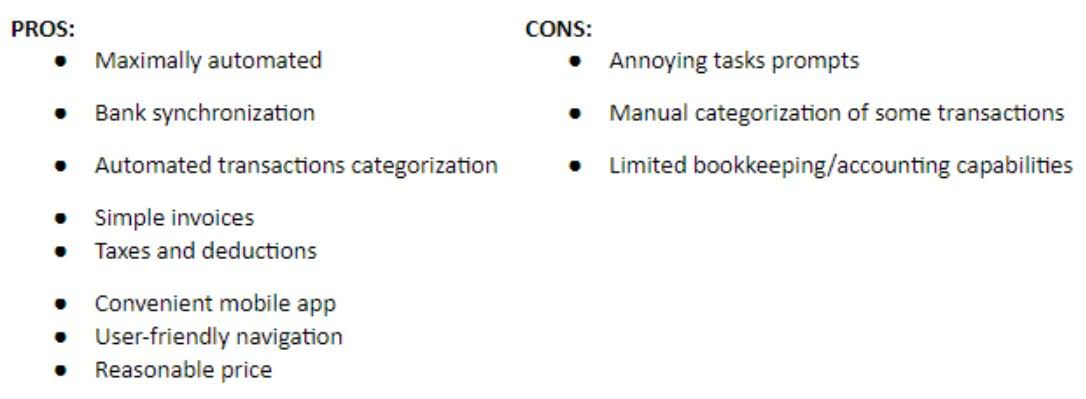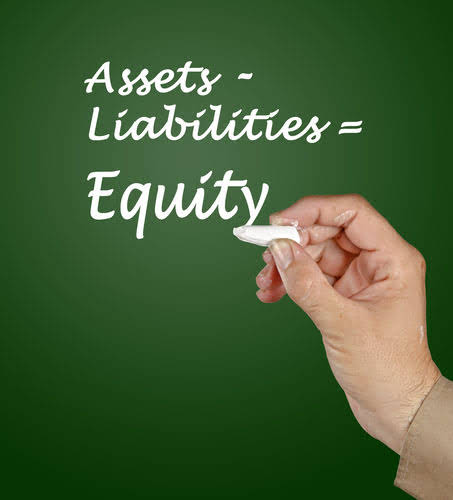- May 15, 2024
- Posted by: admin
- Category: Bookkeeping

The statement of retained earnings is not one of the main financial statements like the income statement, balance sheet, and cash flow statement. And like the other financial statements, it is governed by generally accepted accounting principles. Retained earnings play a key role in shareholders’ equity, representing internally generated funds available for strategic use.

How does Net Income or Loss affect Retained Earnings?
The statement of retained earnings shows the amount of earnings being retained as equity and the earnings being paid out as dividends. This information is essential for investors because it provides insight into the company’s financial stability and the potential for future dividend payments. Retained earnings represent a crucial component of a company’s financial health, as they provide the resources needed to support growth and investment in the future. Additionally, they are considered a sign of the company’s stability, as they reflect the profits that have been reinvested into the business instead of being paid out to shareholders.
How to prepare a statement of retained earnings
The firm paid out a total of $3.38 per share in dividends over the same time, while EPS was $13.61. Typically, it is up to the company’s management to decide whether to keep the profits or distribute them to the shareholders. Increased business expenses reduce net income, thereby decreasing retained earnings. Conversely, profitable investments can increase net income and subsequently raise retained earnings. Both types of accounts are integral Medical Billing Process to a comprehensive analysis of a company’s financial position. A Statement of Retained Earnings is prepared in conjunction with other financial statements, such as the Balance Sheet, Income Statement, and Cash Flow Statement.

Example 2: Dividends Payment
Over time, this amount reflects the company’s profitability, management’s strategic decisions, and its financial health. Let’s dive into what retained earnings are, why they matter, and some practical examples to illustrate the concept. You can find this retained earnings statement on its own or it might be a part of an income or balance sheet. Income statements are financial documents that detail a company’s revenue, expenses, retained earnings, net income, and dividends paid out to shareholders. The net income of a company is detailed, including the funds allocated to meet specific commitments other than paying dividends to shareholders, and any sum spent toward recouping losses.
- In the context of accounting, retained earnings are reported on the balance sheet under shareholders’ equity.
- The statement is important for investors and stakeholders, as it provides information about a company’s profitability and the allocation of its earnings.
- In accounting, retained earnings are a company’s net profit after deducting dividends paid out in the past.
- When a company decides to pay out dividends to its shareholders, it reduces the amount of retained earnings available for reinvestment or other purposes.
- It serves as a clear indicator of a company’s financial health and indicates how much profit has been kept on the books over a specific period.
- To compute Retained Earnings Net Profit from the Income Statement for the accounting period is taken.
Additionally, the information about the company’s dividend policy can be used by investors to make informed decisions about investing in the company. This money can be used for various purposes, including expanding the business, paying off debt, or funding research and development. Here’s how to show changes in retained earnings from the beginning to the end of a specific financial period.
Share This Resource
You can obtain this information from your business’s balance sheet or previous statement of retained earnings. It assists in strategic planning and performance evaluation by highlighting trends in profit retention and distribution. This can guide management in making decisions that align with the company’s long-term financial goals and operational strategies. When Business Consulting Company will prepare its balance sheet, it will report this ending balance of $35,000 as part of stockholders’ equity.

It also indicates that the company paid out dividends of $10,000 during the year. This information is vital for understanding the company’s tax liability and making informed decisions about tax planning. This may include revenue and expense transactions, dividend payments, and other transactions impacting the company’s statement of retained earnings financial position.
- Retained earnings can be used for various purposes, including reinvesting in the business, paying down debt, or distributing dividends to shareholders in the future.
- Let’s consider a scenario where a small business, XYZ Ltd., wants to use the statement of retained earnings in its accounting practice.
- Learn how to build, read, and use financial statements for your business so you can make more informed decisions.
- Net income plays a crucial role in this statement as it directly influences the amount of retained earnings.
- Retained earnings are influenced by various factors, including net income, dividend payments, and any adjustments due to accounting changes or corrections.
- Retained earnings represent accumulated profits, while paid-in capital is the amount of money shareholders have invested in the company.
What Are the Common Mistakes to Avoid When Preparing a Statement of Retained Earnings?
Be advised that the value creation computation provided above is limited to the usage of retained earnings and does not reflect the company’s total value creation. If you want to know how well a business is doing financially, you should look at its revenue, which is the first figure on the income statement. Company management has the option to reinvest retained earnings, also known as earnings surplus, back into the firm.
How to Prepare a Statement of Retained Earnings: A Step-by-Step Guide with Example
- In accounting, retained earnings are tracked through the retained earnings statement, which is a key component of the equity section of the balance sheet.
- By effectively communicating the strategy behind retained earnings, the company fosters transparency and trust.
- A retention ratio of 75% implies that Company D reinvests three-quarters of its net income into the business, which can lead to significant growth in retained earnings over time.
- This formula considers the beginning retained earnings, net income or profit/loss, and dividends paid.
- Retained earnings play a key role in shareholders’ equity, representing internally generated funds available for strategic use.
- The statement of retained earnings provides valuable information to stakeholders, including investors, creditors, and management.
- A separate formal statement—the statement of retained earnings—discloses such changes.
Investors look at the current year’s and previous year’s retained earnings balance to predict future dividend payments and growth in the company’s share price. Investors may thus use the retention ratio to figure out a company’s rate of reinvestment. However, businesses who keep all of their money in the bank might be wasting it on unnecessary expenses instead of investing in growth opportunities like new machinery, software, or product lines. Since they are still in the process of expanding, new enterprises usually do not pay dividends. But well-established businesses often distribute some of their retained earnings to shareholders assets = liabilities + equity in the form of dividends and reinvest some in the business. The retention ratio is a useful metric for investors as it shows the proportion of a company’s revenue that stays in the business.


